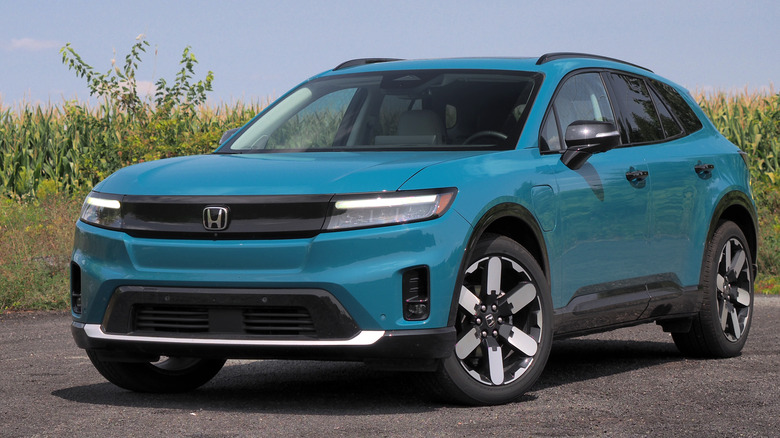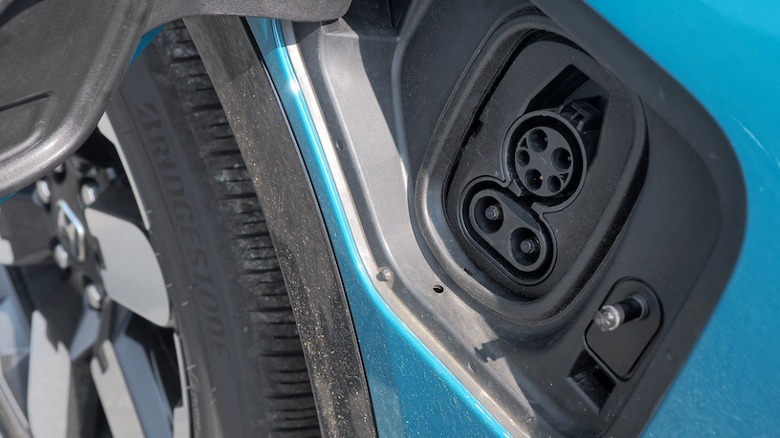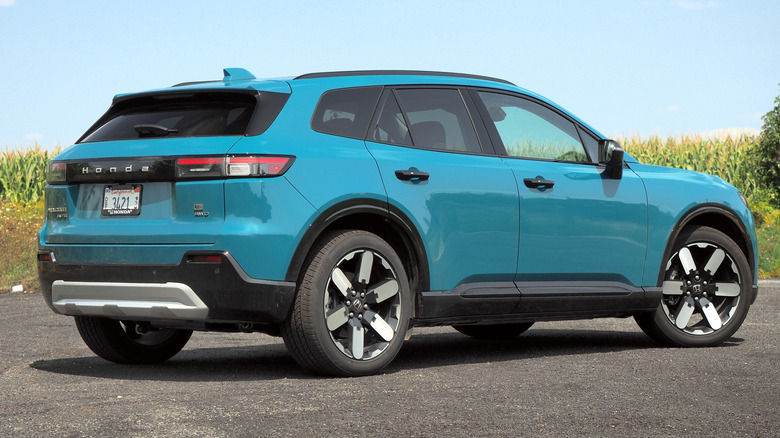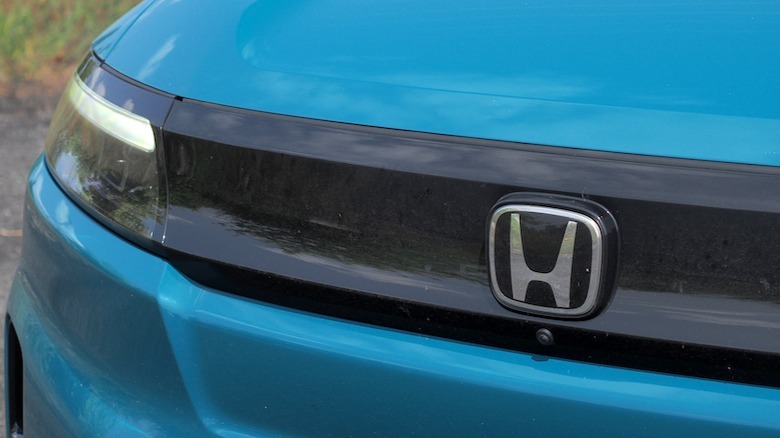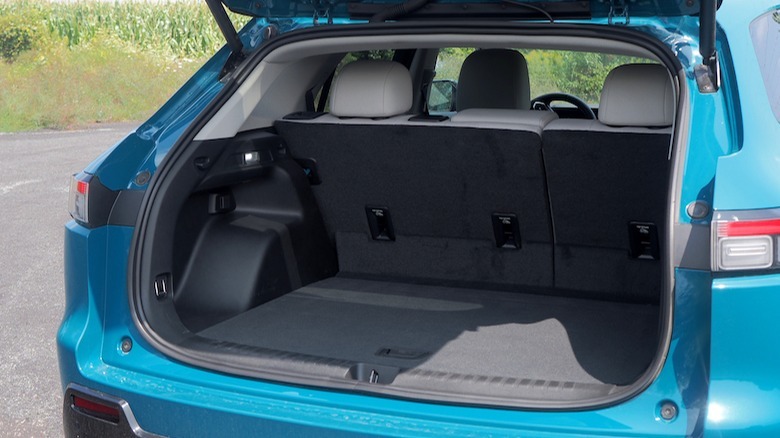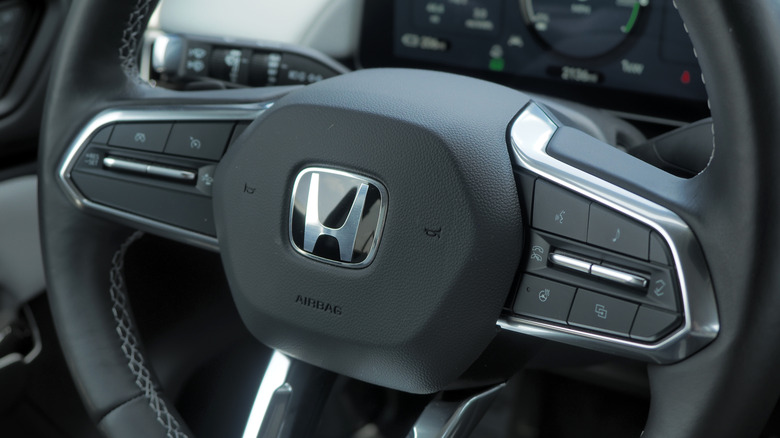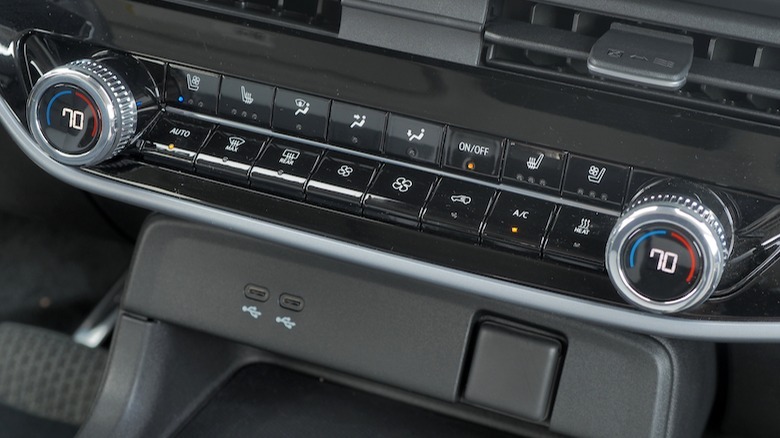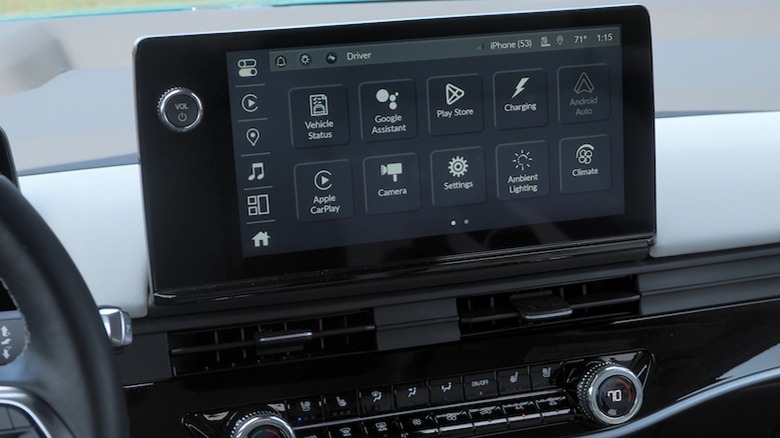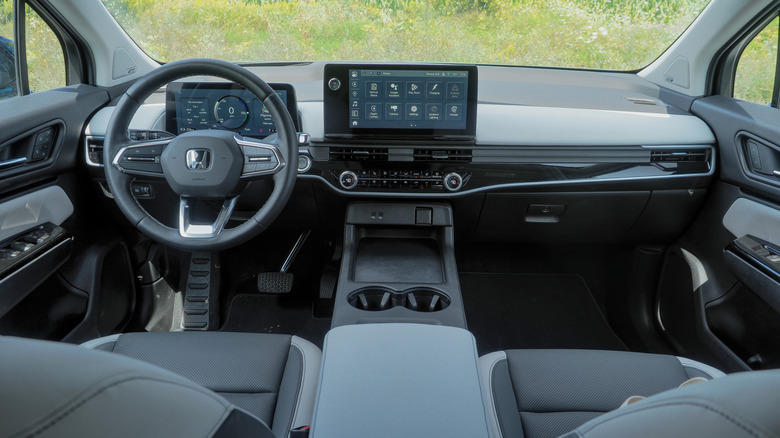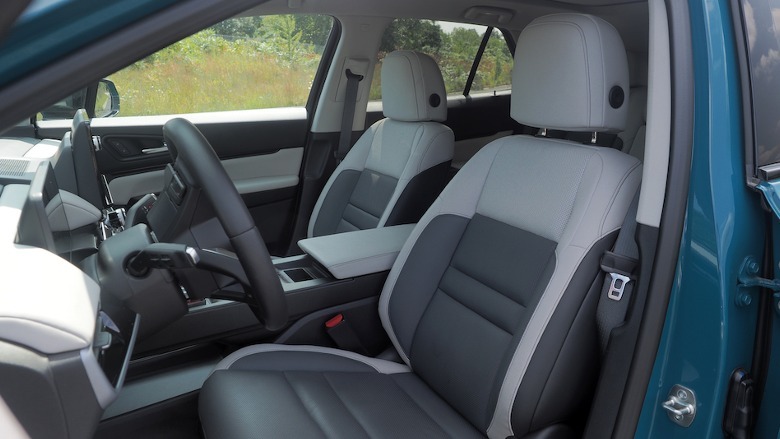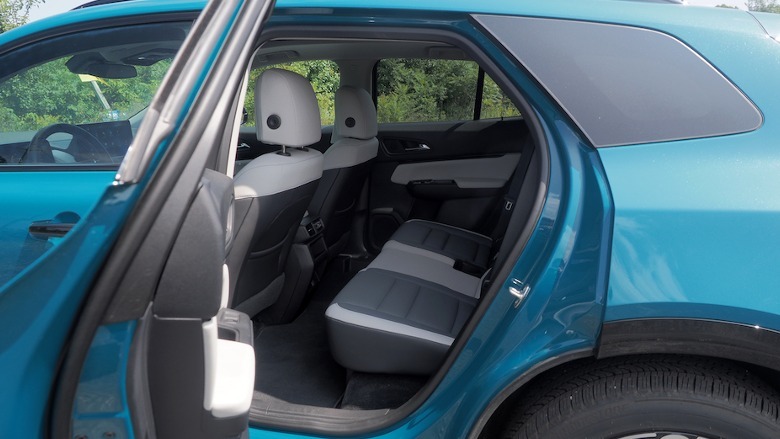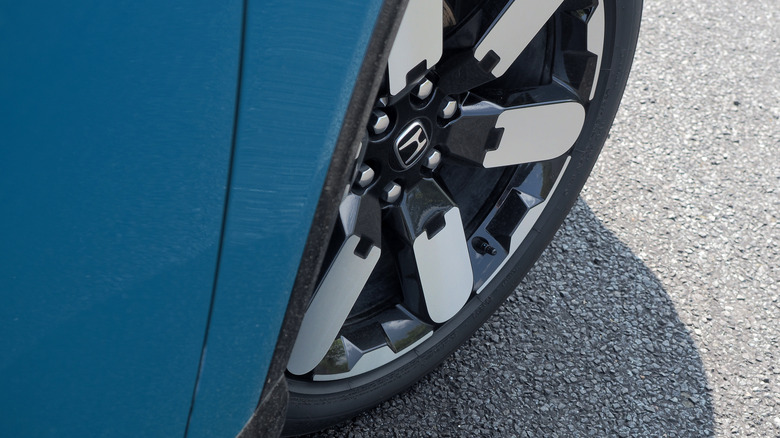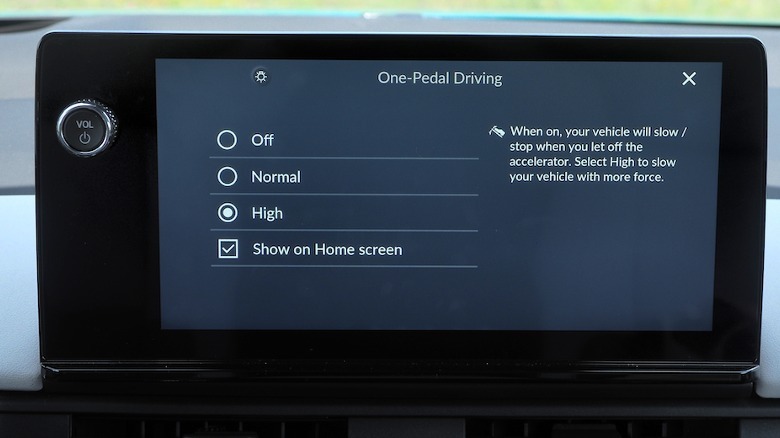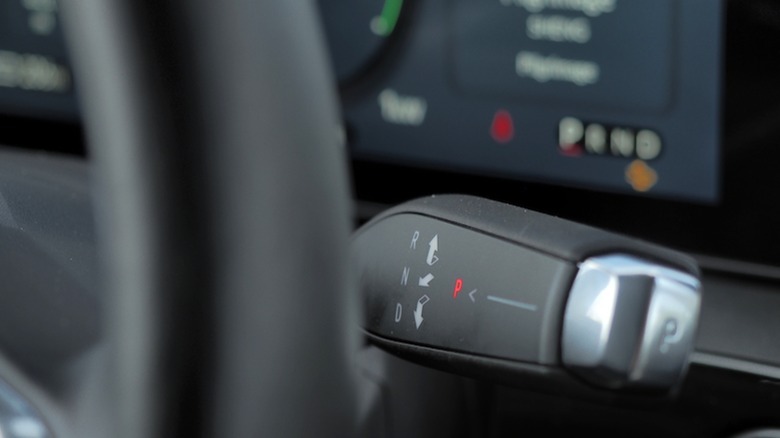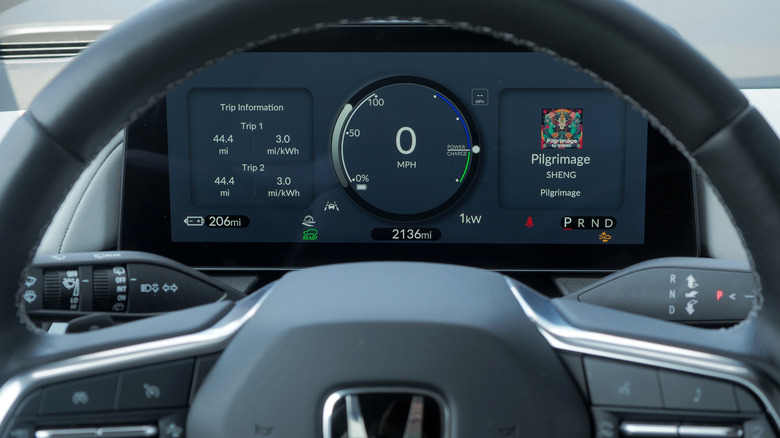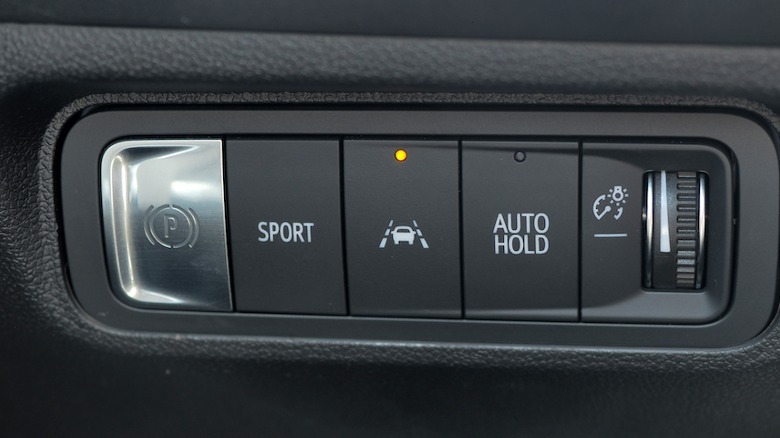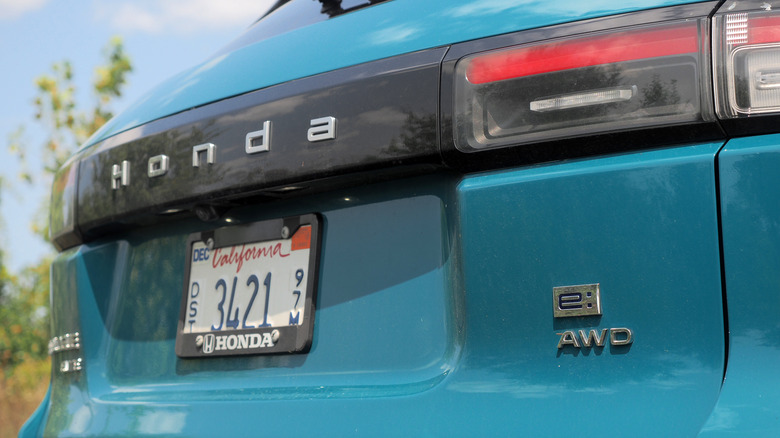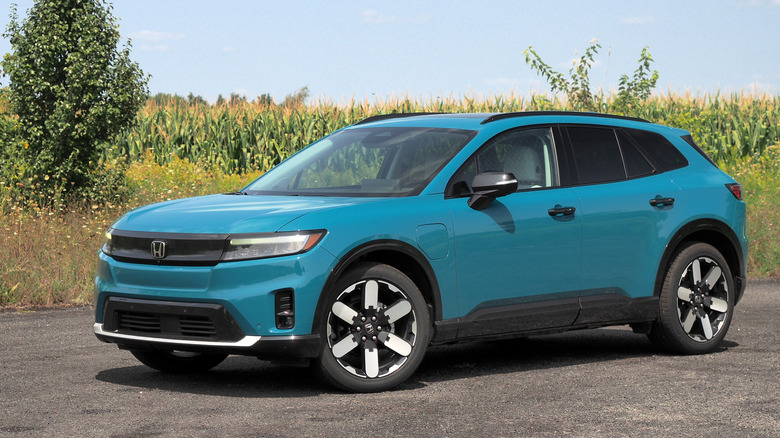2024 Honda Prologue Review: Solid And Priced To Sell, But Where's The Sparkle?
- Sleek styling
- Smooth ride
- Well-equipped
- Uninspiring to drive
- Rivals offer more range (and more fun)
- Middling public fast charging speeds
The EV revolution may be arriving in fits and starts, but we're far from the Wild West days where anything electric could feasibly carve out a niche. Honda's strategy with the 2024 Prologue is to go resolutely mainstream, and given the perennial success of SUVs like the CR-V, that's arguably no bad thing.
It's execution, not tactics, which could damn the Prologue to an EV footnote. The badge may be Honda's, but the technology underneath is borrowed from General Motors: like the Acura ZDX, the Prologue uses GM's Ultium platform as a shortcut to landing in dealerships. Honda is upfront that it's a stopgap measure, indeed, as it prepares its own all-electric platform.
If all goes to plan, the first Honda vehicles using that in-house technology will hit the U.S. come 2025. Where that'll leave the 2024 Prologue (from $47,400 in EX trim; $51,700 in Touring; and $57,900 for Elite; all plus destination and before any incentives) remains to be seen.
Stylish but where's the space?
Officially an SUV, the Prologue has strong hints of wagon from some angles. It's more than 7-inches longer than a CR-V and almost 5-inches wider, but about an inch lower: that conspires to leave it looking stretched and sleek. The smoothed-out fascia and new Honda logo give it some visual interest, but nothing here is going to shock long-time fans of the brand.
There's up to 25.2 cu-ft of space in the trunk, trim depending, expanding to as much as 57.7 cu-ft with the second row folded. That's markedly less than even a 2023 Honda CR-V (with 39.3 cu-ft seats-up, and 76.5 cu-ft with them down), despite the Prologue being 7-inches longer and having a longer wheelbase. In fact, the EV's cargo capacity is more akin to Honda's smallest crossover, the HR-V.
Honda doesn't include a front trunk (or "frunk") in the Prologue, either. Instead, there's a deep, lidded bin under the trunk floor.
But the badge says Honda...
Inside is where the badge confusion will really set in. There's Honda branding on the airbag, and Honda graphics in the infotainment, but overall the feel is definitely more GM than anything else.
It's not a bad thing, so much as an incongruous one. The Prologue's switchgear feels as sturdy here as it does in a recent GMC or Chevy: the stalks clunk with a decent degree of heft; the dials twist with just enough tactile feedback. There are dedicated climate control buttons and a volume knob — albeit requiring a reach from the front passenger — along with wireless Apple CarPlay and Android Auto on the standard 11.3-inch touchscreen running Android Automotive OS.
Honda throws in four USB-C charging ports — two up front, two in the rear — and a wireless phone charger; the flagship Elite trim gets a 110V AC power outlet in the second row. EX and Touring trim get heated front seats; Elite adds ventilation. There's no rear seat heating option, though, on any trim.
Sturdy but unmemorable
With the exception of the touchscreen requiring a particularly determined stab in order to respond (and a couple of times when wireless Apple CarPlay would reconnect and play music, but not be recognized by the 11-inch driver display or the steering wheel track control buttons), everything works as promised. I just wish it wasn't so bland to look at.
EX comes with a single interior option, black cloth and a matching black dash; Touring and Elite have a choice of black or gray leather. All very sober, and when combined with the gray-and-white UI graphics and the broad swathes of uninterrupted plastic in the center console, it just feels so sensible as to be boring. Usable, certainly — the non-slip pad is a nice touch, and the bin under the arm rest is capacious — but there's no excitement here.
Perhaps that's too greedy to expect from a mainstream EV, but it's where you feel the absence of Honda's sole involvement most conspicuously. The Honda e may have been too expensive and lacked range (and was never even sold in North America), but nobody could say it lacked personality, inside or out. Even the humble Honda Civic manages to punch above its stylistic weight, with that funky mesh dash trim and joystick-style vent adjusters.
Easy to drive but not exciting
On the road, the Prologue AWD feels swift but not particularly fast. It's certainly more than perky enough around town, the instantaneous torque propelling you away from stop signs and traffic signals with an eagerness that leaves gas vehicles dwindling in the rearview mirror. On the highway, if you're used to more potent EVs being able to surge ahead for overtaking at pretty much any speed, and any situation, the Honda's more conservative approach to power could leave you scratching your head.
Several levels of regenerative braking can be selected through the touchscreen; it's easy to modulate speed down to a standstill in one-pedal mode. A paddle on the steering wheel summons more aggressive regen while you hold it down. Sport mode — accessed via a button down by the driver's left knee — perks up the throttle response, though it's only offered on the Elite trim. Even with it switched on, hit the accelerator all the way and there's never that astonishing whoosh of speed that we've come to associate with EVs.
For the target crowd, though, that's probably just fine. Nobody said every electric vehicle had to accelerate like a Lucid, after all, and anybody segueing from a CR-V is probably going to think the Prologue is a bonafide speed demon. Comfortable and not-too-stiffly-sprung suspension helps give the Honda a leisurely approach to the road, too, and the cabin is a hushed place to be even at highway speeds.
Decent range but slower charging speeds
This best-equipped Elite trim — only offered in dual-motor all-wheel drive form — gets the lowest range rating: 273 miles, compared to 281 miles from the AWD versions of the EX and Touring. A front-wheel drive Prologue with only a single motor is rated for up to 296 miles.
In practice, I saw around 3.0 miles per kWh average on the Prologue's trip computer. If you could use the full capacity of the Honda's 85 kWh battery, that would translate to a total range of 255 miles: less, certainly, than Honda's estimate. I wasn't exactly doing my level best to hit said-estimate, however, and the delta is small enough that I suspect driving a little more conservatively would make it a reasonable target.
When it comes to charging, there's up to 155 kW DC fast charging support. That'll take around 35 minutes to go from 20-80%, Honda says; not dire, but a far cry from Hyundai's rates, which can take cars like the Ioniq 5 from 10-80% in a mere 18 minutes. Honda does, at least, offer Prologue buyers a choice of a $500 incentive toward having a home charger installed, or $750 of EVgo public charger credit, or a lesser mix of the two.
Should you just head to the Chevy dealership?
Driving the Prologue, I couldn't help but think about what Honda execs said back when I first saw the EV in-person in late 2023: That the goal was to make an electric car which would be an easy transition from the average Passport owner, rather than something shocking or flashy. You can't really argue that Honda didn't achieve that, even if you might reasonably conclude that it went a little too far in the opposite direction.
The Prologue feels like a perfectly fine mass-market EV, it just doesn't feel much like a Honda. From the GM key fob, to the GM switchgear, to the GM drivetrain, it demonstrates the sensible, mass-market appeal of the GM Ultium platform. Something which can be shaped to make ridiculous, over-powered electric Hummers, yes, but also fettled into the sort of cars which will eventually coax regular people out of their gas-guzzlers.
The lingering question, then, is why not just buy the GM equivalent? A 2024 Blazer EV starts at $48,800 for the LT AWD trim, $1,600 less than the cheapest all-wheel drive Prologue, and while EPA range is down a couple of miles, the Chevrolet's dashboard gets bigger displays. Both the Prologue and the Blazer EV are eligible for the full $7,500 U.S. federal incentive for EVs.
2024 Honda Prologue Verdict
I don't dislike the Honda Prologue; in fact, I found myself enjoying it more than I expected to. Platform engineering is hardly new in the auto industry, and you can't blame Honda for trying to fill in the gap in its EV roadmap. The resulting SUV is inoffensive and — viewed within the context of the automaker's own line-up — reasonably cohesive, even having raided different parts bins.
Take another step back, though, and the 2024 Prologue struggles to stand out in the growing sea of electric vehicles. Yes, its Ultium platform-mates are the obvious competition, but Ford's Mustang Mach-E offers more range and AWD at around the same price, and is more fun to drive. Or there's Kia's EV6, with more range for less money in RWD Long Range form.
The truth of the matter is that "good" isn't good enough, these days. Honda clearly knows that itself, too: not only has it been working on an EV platform of its own, but teasing some far more memorable possibilities as to how that could deliver on the road. When those start to arrive, it's hard to escape the conclusion that the Prologue will end up feeling like an afterthought.
